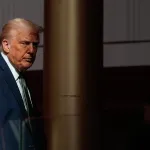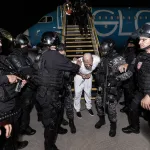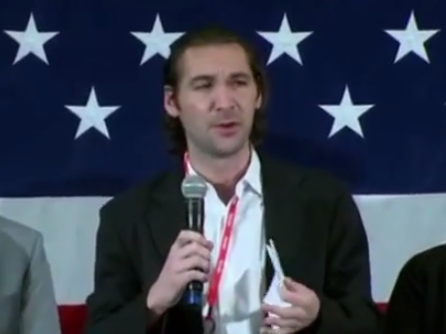The Chief Data Officer for the Republican National Committee on Friday cast doubt on ongoing claims that continue to find life on the right: that voter fraud is a widespread problem that sometimes swings elections against the GOP.
At a panel of RNC officials Friday at the First In The Nation Republican Leadership Summit in New Hampshire, RNC Chief Data Officer Jesse Kamzol responded to a question about voter fraud ambiguously saying “it’s only about 1 percent.” That number was in response to a question by an attendee at the event asking if the RNC “had looked at voter fraud data.”
Conservatives have warned about widespread voter fraud diluting the power of legitimate votes and swinging elections in favor of Democrats. Those claims have served as the core rationale for voter identification laws, even in the face of studies (flagged by TPM) showing that voter fraud, especially in person voter identification fraud, is extremely rare. The same claims have been used to justify other voting restrictions, like early voting and same day registration.
To be clear, if 1 percent of votes were fraudulent that would still be a huge number of votes in absolute numbers. Actual investigations have found numbers that are infinitesimally smaller. For instance, as The Washington Post noted, Kansas’s secretary of state reviewed 84 million votes cast in over 20 states. He found only 14 cases (or 0.00000017 percent of the total votes cast) got a referral for prosecution. Only official efforts, often by prominent advocates of voting restrictions, have found similarly meager results. Still 1 percent seems to be a shorthand way of saying that the phenomenon is not nearly as widespread as Republicans themselves often claim.
“It’s a really hard thing to track to be honest with you. Every state has very different election laws,” Kamzol said during the panel. “You get a state like Wisconsin, or even New Hampshire which is a same-day registration state, it’s really hard to actually prove that at the time that they’re registering to vote.
“So we do post-facto try to figure out exactly who was voting in multiple locations,” Kamzol continued. “But you have to do a lot of research into it. So you have to take a lot of that into account. It’s not as big as you would think it would be. It’s only about 1 percent and a lot of times it’s on accident but we do take it into account, especially in these states.”
It’s not clear from Kamzol’s answer or the question exactly what that 1 percent is. Is the percentage of the total number of voters analyzed by the RNC? Or maybe the total voting electorate? Kamzol’s exchange didn’t offer more explanation.
TPM reached out to the RNC to try and get in touch with Kamzol but didn’t immediately hear back from the data officer.
Watch the video below:
(Photo credit: Youtube)











He’s only off by a factor of roughly 5,900,000. This is what passes for accuracy in the Bizarro World of right-wing nutjobbery.
It’s the 1% everyone’s talking about–the ultra-rich are committing election fraud. He’s as much as admitting that the ability of the wealthy to buy elections now is a form of fraud, right? Right??
not to mention voting from all the states they own homes in
has his title been changed to Former Chief Data Officer yet?
It’s in process.